GRAVITY
A conventional gravity system is the simplest septic system available. This system consists of a septic tank and a drainfield. The septic tank receives gravity flow from the home. A bio-microbial process treats the waste while in the tank. Solid waste settles in the tank while liquid effluent flows through an outlet. Gravity flow carries that effluent to a drainfield where it is dispersed among lateral lines into the soil.
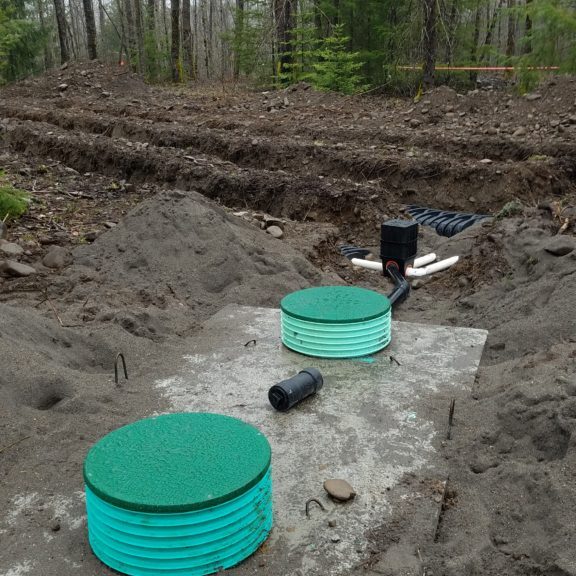
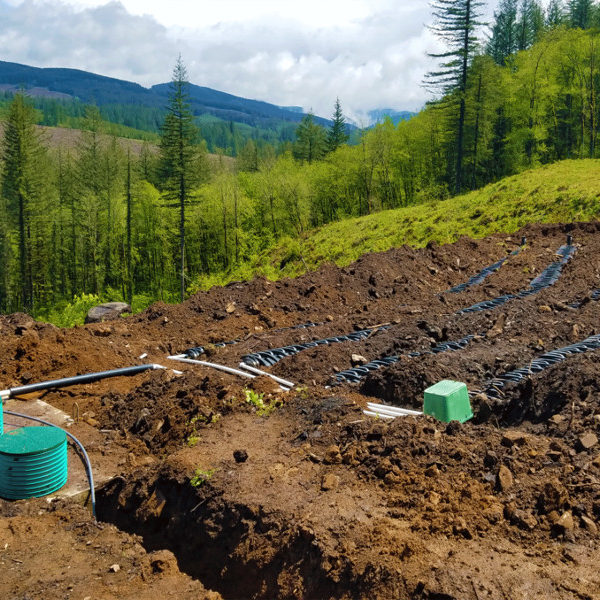
PRESSURE DISTRIBUTION
A pressure distribution system is similar to a gravity system, but it uses a pump to pressurize the drainfield to equally disperse the effluent throughout the drainfield. The system usually includes a septic tank where the primary bio-microbial process happens, a pump tank, and a drainfield that can either be uphill or downhill of the tanks.
AEROBIC
An aerobic system is similar to a pressure distribution system, but it uses an aeration pump to introduce oxygen into one of the chambers to speed up the bio-microbial process. It consists of a trash/dose tank, an aerobic treatment tank and a drainfield. Waste enters the trash/dose tank from the home by gravity flow. It settles and begins the bio-microbial treatment process. Then the waste moves into the aerobic tank where solids continue to separate and settle. An aeration pump continually pumps air into the effluent, speeding up the treatment process before it enters another compartment in the trash/dose tank to be pumped to a pressurized drainfield.
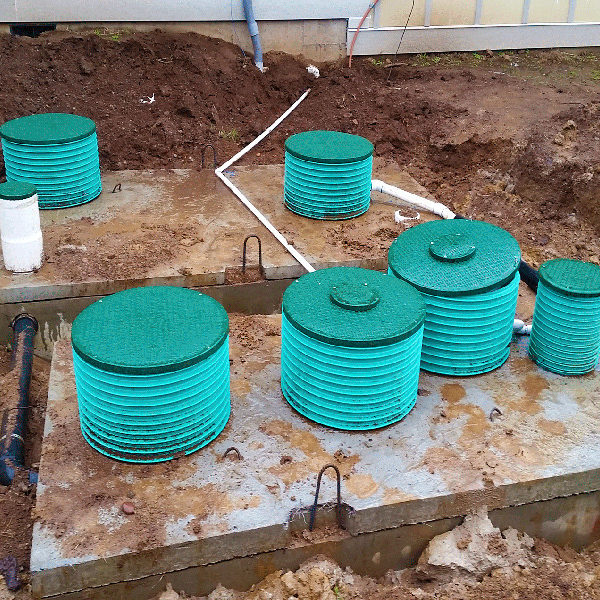

SAND FILTER
A sand filter treatment system is similar to a pressure distribution system, but it incorporates a large sand filter between the pump chamber and the drainfield. Waste enters the septic tank from the home. Effluent then flows to the pump chamber where it is pumped to a sand filter. The effluent is dispersed equally throughout the sand filter. At the bottom of the sand filter, effluent is pumped to the pressurized drainfield.
SUBSURFACE DRIP
A subsurface drip system is similar to an aerobic system, but it uses very long drip line loops. Waste enters the trash/dose tank from the house and flows to the aerobic treatment tank, where it is constantly treated with aeration, before flowing back to the trash/dose tank. Then the system pumps effluent into drip line loops with small emitters where it is dispersed into the soil.
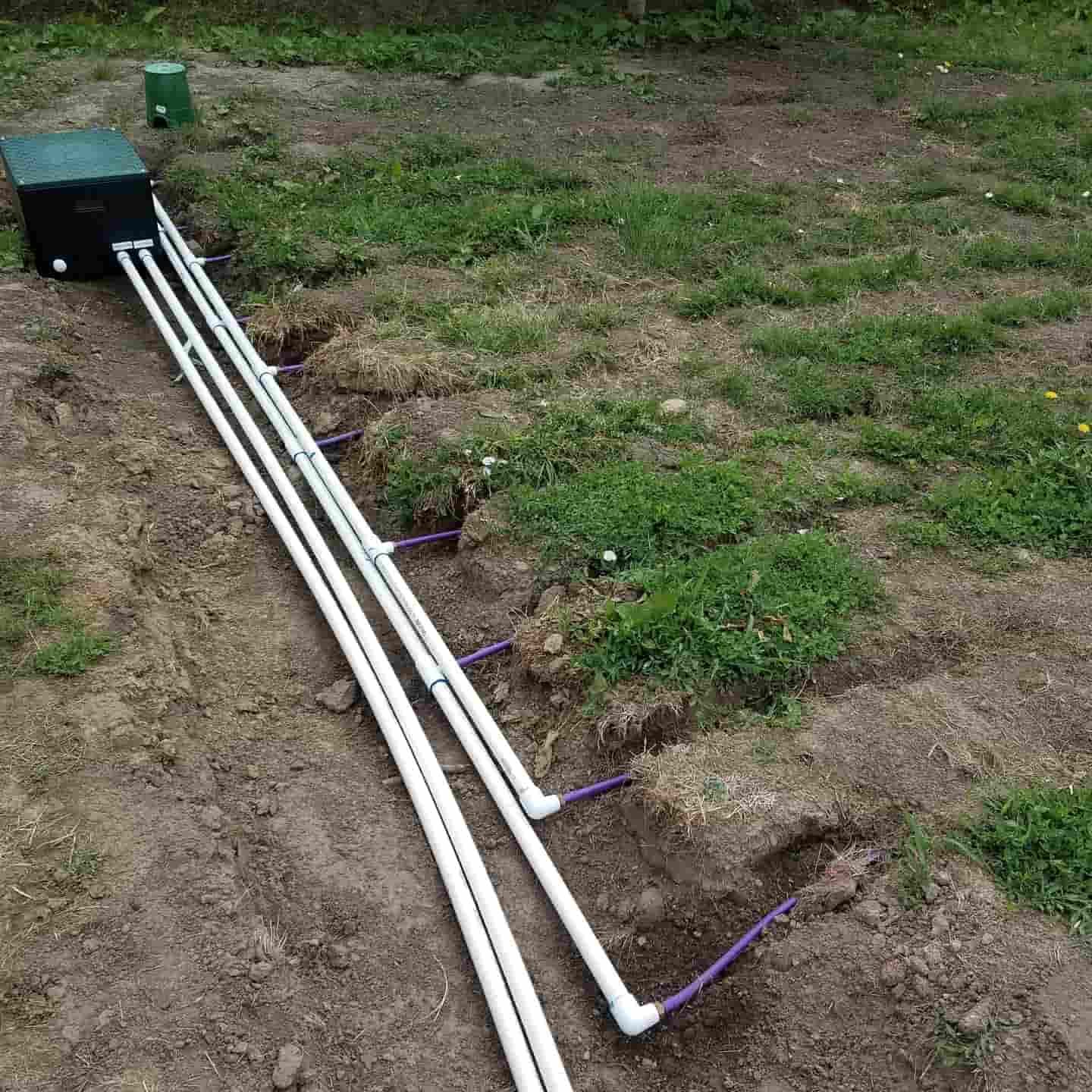
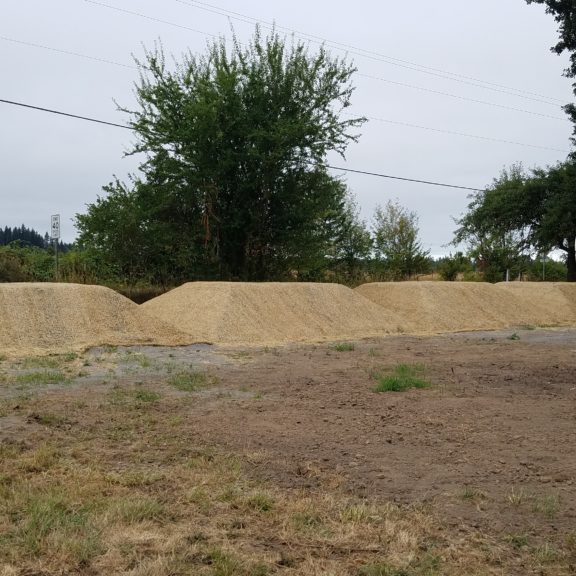
GLENDON PODS
A Glendon pod system is a type of above-ground septic system that includes a septic tank, a pump tank and the actual pods, which are usually 17’ by 20’ mounds of sand with concrete basins inside. The treatment process starts when waste enters the septic tank and begins to settle. As the tank fills, effluent enters the pump tank through an outlet in the septic tank. Further settling occurs and effluent is pumped at timed intervals to a splitter which evenly distributes the flow between the pods. The effluent is transported to the basins in the pods and disperses over the edge of the basin.
MOUND
Mounds are a type of above-ground septic system that includes a septic tank, a pump tank and a drainfield in a mound of sand. The treatment process starts when waste enters the septic tank and begins to settle. As the tank fills, effluent enters the pump tank through an outlet in the septic tank. Further settling occurs and effluent is pumped at timed intervals to a valve box which evenly distributes the flow between the lines in the mound. The lines or “laterals” evenly disperse the effluent throughout the mound, where the sand filters the effluent before it reaches the soil below for final dispersion.
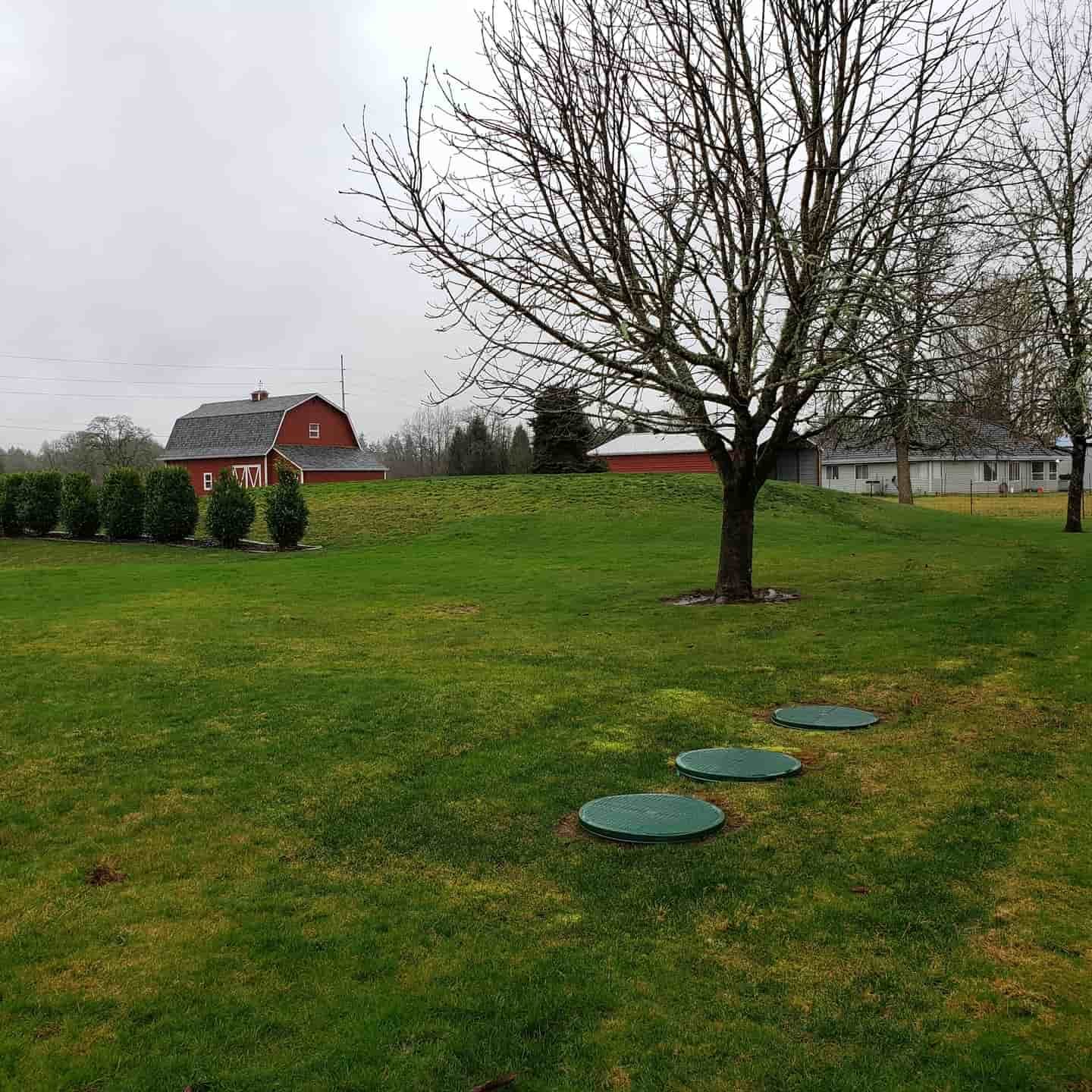
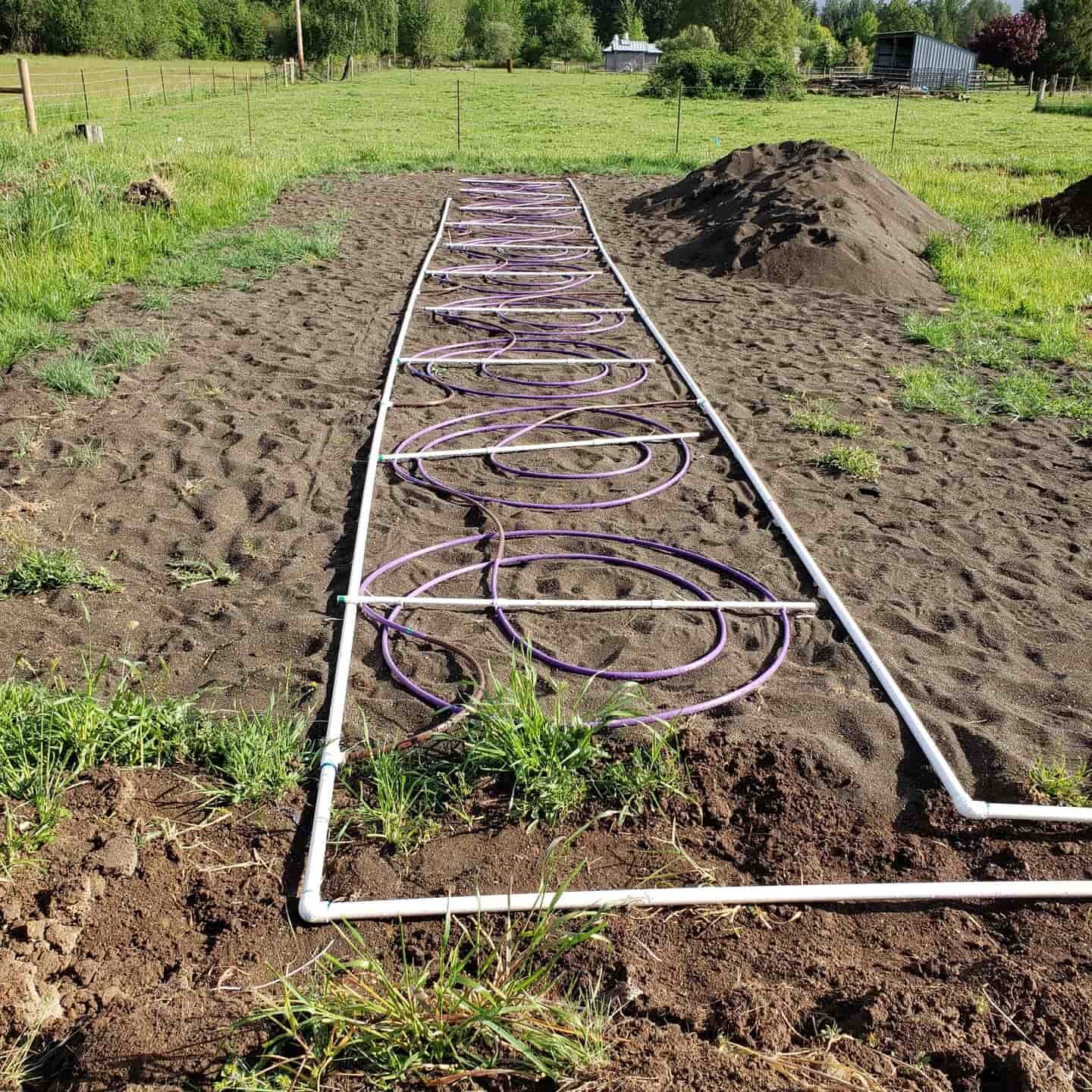
OSCAR II
An OSCAR system is like a subsurface drip system except that the drip tubing comes in prefabricated coils (either 5’x5’ or 7’x7’) that must be installed in a line over a shallow bed of imported sand. Treated effluent is pumped to the coils many times a day, but in smaller doses. The drip tubing releases the effluent into the sand at a much more constant rate than most other system types, so the dispersal process is less likely to overwhelm the receiving soil under the bed of sand.
